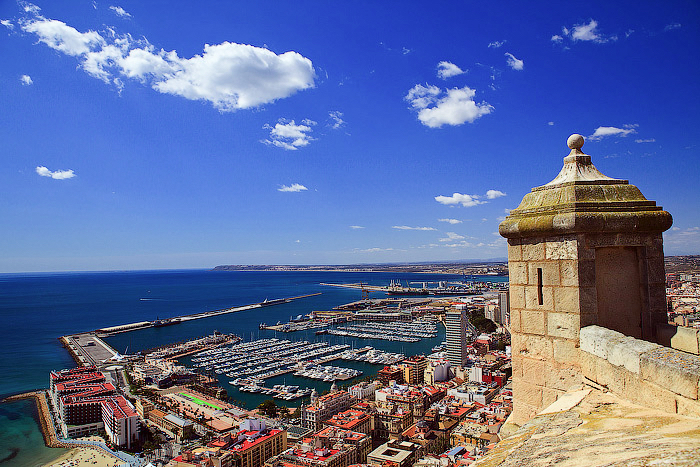Thank you for the likes, jale, Angelo, undrwater and JMBL. And for the post, emoreira.
Today we look first at the Nemrod Cadiz diving mask. Cádiz is a city and port in southwestern Spain. It is the capital of the Province of Cádiz, one of eight that make up the autonomous community of Andalusia. Cádiz, one of the oldest continuously inhabited cities in Western Europe, with archaeological remains dating to the 12th century BC, was founded by the Phoenicians. In the 18th century, the Port in the Bay of Cádiz consolidated as the main harbor of mainland Spain, enjoying the virtual monopoly of trade with the Americas until 1778. It is also the site of the University of Cádiz.
And now for the Cadiz mask itself:
Spanish: "NOTA: Nuestros fabricados de goma, contienen un producto químico especial que los hace más duraderos. Dicho producto puede en determinados casos, aflorar a la superficie de la pieza fabricada presentando un aspecto céreo de color blanquecino. En su proprio interés hemos renunciado a una mejor presentación, a fin de podar ofrecer a Ud. un producto más duradero. Todos nuestros fabricados están garantizados. En caso de reclamación, le rogamos tenga a bien incluir esta etiqueta de control".
Rough translation: "NOTE: Our rubber products contain a special chemical product that makes them more durable. Said product can, in certain cases, appear on the surface of the manufactured part, presenting a whitish waxy appearance. In your own interest we have renounced a better presentation, in order to be able to offer you a more durable product. All our products are guaranteed. In the event of a claim, please include this control label".
So a rounded rectangular mask with a snap-on metal rim, compensator bosses and a split strap:











